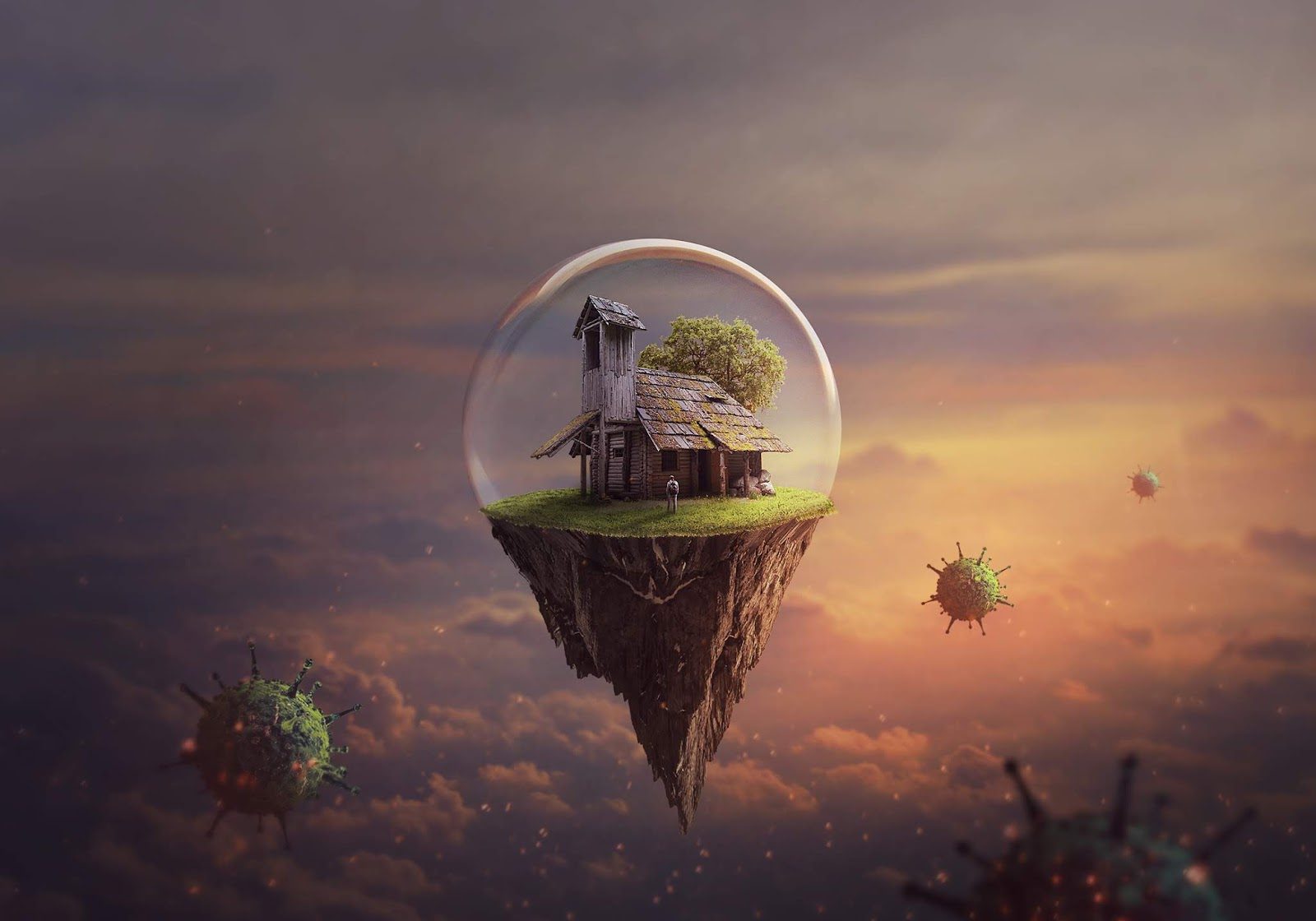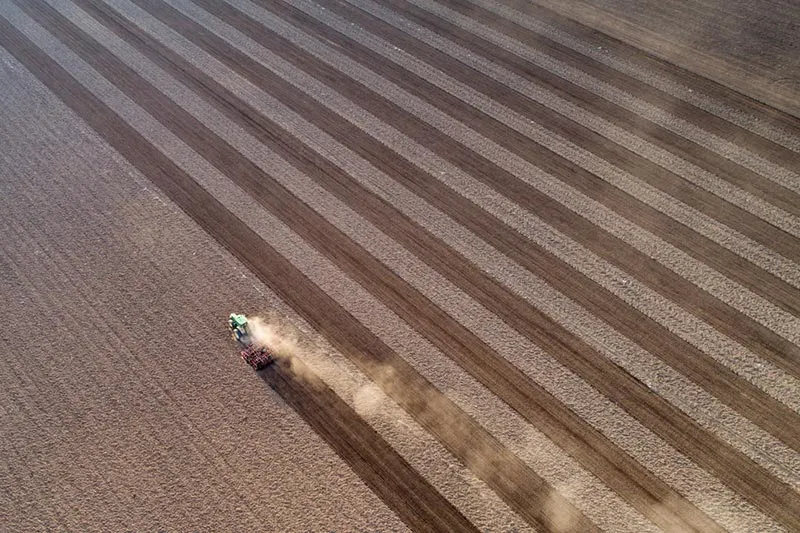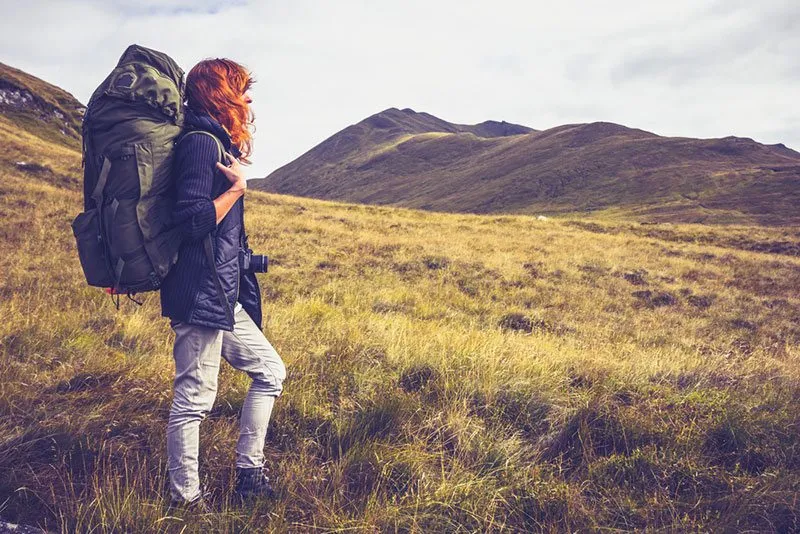Composite Photography: Tips and Inspiration for Capturing the World Creatively
Photography’s ability to capture a single moment in time is truly magical. However, what if we could create images that go beyond the limitations of a single frame? This is where composite photography comes in. It allows you to blend multiple shots into one, opening up a world of possibilities.
Yet, seamlessly weaving together different scenes, objects, and people can be tricky — it demands developing both technical and creative skills. But when done right, it’s well worth the effort. Composite photography can help you create unique visuals that immediately draw your audience’s attention.
Dive into to take a closer look at the art of composite photography. Explore the basics of the technique to unleash your imagination and create captivating composite images.

What is composite photography?
Composite photography is the process of combining several images to create a final image that looks like a single photo. It involves taking multiple images of the same or different subjects and merging them together using editing software. The editing process can involve adjusting colors, exposure, composition, and more complex manipulations, such as masking and layering, to make subjects look like they were all taken simultaneously and in the same place.
It may seem that composite photography can be used only to create surreal and fantastical scenes. Yet, it can help you achieve a wide range of effects across different genres. For example, portrait photographers can use composite techniques to create images that feature multiple subjects; and product photographers can use them to incorporate creative backgrounds or props.
4 simple steps to get started with composite photography
Creating a composite image requires some planning, preparation, and patience. Here are the steps you should follow to create a stunning composite image:
1. Choose your elements.
The first step in creating a composite image is to choose the elements you want to include in the final image. This could be anything from people, objects, landscapes, or textures. The key is to choose ones that will work well together and create a cohesive image.

2. Plan your shots.
Once you have chosen your elements, you need to plan your shots. This involves thinking about the composition and lighting. It’s a good idea to sketch your vision or create a storyboard to help you understand how the final image will look.
3. Bring it all together.
Once you have taken all your shots, it’s time to use photo editing software. When it comes to putting the final image together, make sure you have enough shots of each element to give you plenty of options.
4. Refine your image.
With all your elements combined, you can start to refine your image. This involves adjusting the colors, contrast, and brightness to ensure everything looks cohesive. You can also use various tools and filters to enhance the image and give it a unique look and feel.

5 Tips for creating stunning composite images
Whether you’re a beginner or an experienced professional, here are some tips to help you create composite images that will stand out.
1. Pay attention to lighting and composition.
Lighting and composition are crucial in creating a realistic and believable composite image. Be mindful of the lighting in each image you’re working with, and make sure that the shadows and highlights match up when blending them together. Pay attention to how each subject is placed within the frame, and consider the overall balance of the image.
2. Use only high-quality images.
To ensure that your final composite image is of the highest quality, it’s important to use high-resolution photos that are in focus. Blending low-quality images together can result in a final image that is grainy, blurry, or otherwise flawed.
3. Pay attention to details.
When blending images together, pay attention to small details such as hair, clothing, and background elements, as they can make or break the realism of the final image. Make sure the edges are blended seamlessly into the background and use masks or other editing tools to refine them if needed.

4. Experiment with different blending modes.
Most editing software offers a variety of blending modes that can be used to merge images together in unique ways. Experiment with different modes to see which one works best for your image.
5. Take your time.
Creating a composite image is a process that takes time and patience. Rushing the process can lead to mistakes and a final image that’s not up to your standards. Take the time to refine your image until you are completely satisfied with the result.
To wrap up
Whether you’re creating images of landscapes, people, or objects, the possibilities of composite photography are endless. It allows you to have more control over the final photo and create images that would be impossible to capture in a single shot. With the right planning and preparation, you can create images that capture your audience’s imagination. Following this guide and trying different techniques can help you take your photography to the next level. So what are you waiting for? Let’s start experimenting with composite photography.
Other articles you might find interesting
Mastering Perspective in Photography: Types and Top Tips
Camera Shots Explained: The Ultimate Guide to 8 Most Common Types of Shots
Understanding Common Aspect Ratios for Images and Video
How to Protect Your Content from Theft on the Internet
An Ultimate List of 40 Photography Types to Learn and Master









